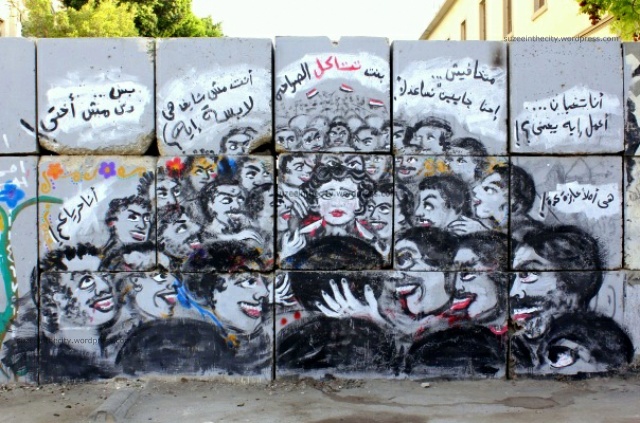
Sheila Oliver and Phil Murphy
On November 7th, while watching the results of the Virginia election, long considered a litmus test for the midterm elections in 2018, another wave of elections returned complete control of New Jersey to the Democrats. It was a historic night for minorities and immigrants in the state, and a cautious tale for all Republicans to heed: if you think you can win elections on Trump rhetoric, fear mongering anti-immigrant racist and sexist policy, try again. Especially in a state that prides itself as being an immigrant state.
Fifteen minutes after the polls closed, New Jersey elected Democrat Phil Murphy as Governor, on the promise of passing a $15 an hour minimum wage hike, funding pensions for all state employees-which had stalled during the Christie administration along with a pay freeze on the state-creating a state bank, which would keep money in the community, and decriminalizing and regulating marijuana for recreational use. Murphy also promised to back a Millionaire’s Tax for the states’ wealthy individuals. Murphy’s running mate, Sheila Oliver, became New Jersey’s first Black woman to serve as Lieutenant Governor. While only time will tell if Murphy can make due on his promises, his embrace of a progressive agenda helped to bring him to victory.
Murphy’s opponent, Chris Christie’s Lieutenant Governor Kim Guadagno, floundered to distance herself from the infamous Governor’s toxicity. Christie will leave office with a dismal approval rating in the teens, one of the least popular governors ever anywhere. On the last leg of her campaign, Guadagno took a page from Trump, targeting whatever anti-immigrant sentiment persists in the state. Pandering to what little base she could drum up, Guadagno ran ads blasting Murphy’s promise to make New Jersey a “sanctuary state” for undocumented immigrants (as if it was never the hub of immigration along with New York), with the threat that it would make New Jersey less safe.
It wasn’t the first attempt by New Jersey candidates to attempt to appeal to racist sentiment. Hoboken elected its very first Sikh mayor, Ravi Bhalla, despite flyers being plastered around the city demanding that citizens don’t vote to let “A TERRORIST overtake the town.”
Elsewhere, minorities made big gains in smaller elections, despite major pushback from Republicans. Edison’s schoolboard re-elected incumbents Jingwei “Jerry” Shi and Falguni Patel. They were also the victims of mailers decrying the diversifying schoolboard, asking voters to “Make Edison Great Again.” The outcry and pushback secured their election win.
Ashley Bennett, first-time candidate and Egg Harbor Township resident, defeated notorious Republican John Carman as Atlantic County Freeholder. Bennett was angered by Carman’s response to the Women’s March, when he asked whether the “protests would be ‘over in time for dinner.’” Carman later drew more criticism for wearing a patch with the state of New Jersey partially covered with the Confederate flag.
New Jersey is a prime example of the reason Republicans should be nervous about the upcoming midterm elections. Our disdain for Trumpism and our embrace of progressive policies serve warning to those NJ Republicans in the House. Most NJ Republicans have been embroiled in a tug of war; on one side, maintaining support for the Republican, and by extensionTrump’s, base, and on the other, a growing anti-Trump sentiment in comfortably Republican districts in the state. Frank LoBiondo, Representative of NJ’s 2nd Congressional District, has announced his retirement, putting the swing district in play. There is only a one-point advantage in the district, which Trump barely won in the first place.
Tom McArthur, House Representative for NJ’s 3rd Congressional District, has been lambasted in recent months for his support of the ACA repeal; the McArthur Amendment was one of the leading reasons that Trumpcare passed the House in the spring of 2017. Many have watched the impassioned town halls with him, having put families in danger from allowing states to opt out of covering people with pre-existing conditions.
Rodney Frelinghuysen (NJ 11th) became notorious for subtly attacking a woman activist by penning a letter to her employer and forcing her resignation. Though there has been no formal reprimand, he was criticized for using his position to punish women who speak out against his policies and ideologies.
Finally, Representative Chris Smith (NJ 4th) has coasted on the obscurity of his ideology. Anti-choice, anti-LGBT, and completely distant from his constituents, Smith hasn’t hosted a town hall in twenty-five years (though demands to hold a town hall have been shared to his staff) and lives primarily in Virginia, so much so that his daughter was able to attend college paying in-state tuition in Virginia. He maintained a comfortable lead over many Democrats who opposed him throughout the years, mainly because of the obscurity of his policy agendas and labor support. Given the trends from the election results, he, and all politicians who thought they could ride on Trump’s coattails, should be very worried indeed.

Ashley Bennett
(Photo Credit 1: CNBC / Lucas Jackson / Reuters) (Photo Credit 2: Washington Post / Wayne Perry / AP)




